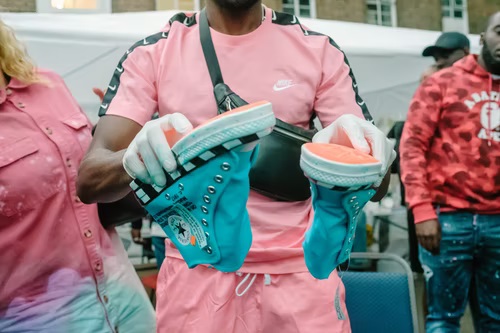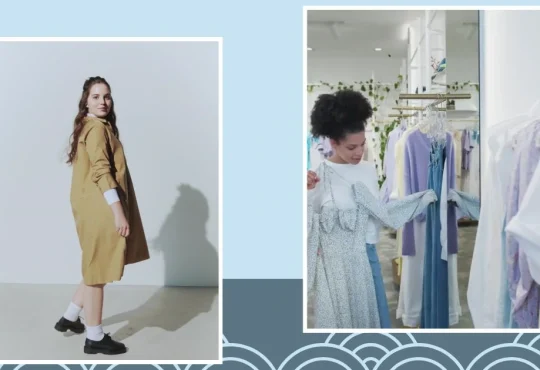Streetwear can be described as a piece of high-grade clothing that draws influence from its surroundings, but it has also become a genre of clothing. A t-shirt with graffiti-inspired print that may contain a life lesson or a socio-political statement is a simple example. This fashion is all about the latest and greatest.
The origin of streetwear dates back to the 1970s, when surfing, skating, punk, and hip-hop were the prime influences. Teenagers at the time rejected mainstream fashion and adopted a DIY approach to fashion. It was all about expressing oneself and being unique yet having a statement.

The rap scene grew strong in the late 1970s, and young artists started producing their own mixtapes, records, and t-shirts that their fans would purchase. The skate and surf scene was quite strong during the early 1980s, and they quickly followed by starting to design custom surfboards, skateboards, and t-shirts that spoke of their beliefs and unique personal styles.
Several musical artists, surfers, and skaters gained cult status and also helped these relatively new phenomena gain popularity. “Skatewear” and “surfwear” in California gained a lot of popularity and can essentially be considered the predecessors of streetwear. The brands that grew from this revolution spread nationally and eventually across the world as it was something completely new, refreshing, yet extremely rooted in street culture.

The fascinating aspect of the streetwear story is how each region of the world adopted it. Japanese streetwear is heavily influenced by anime, manga, Japanese folklore, gadgets, toys, sci-fi, and Japanese street art. T-shirts with Japanese art are still one of the most common pieces of apparel available across the globe. The Japanese market caught on to the streetwear trend in its own special way, making it a global trend in its true sense. Similarly, other parts of the world adopted streetwear in their own unique way.
Europe was an extremely slow adopter of this fashion trend, and they finally caught up in the mid-1990s, but it became big quickly and saw innovation and unique ideas during the period. The fashion industry saw a huge amount of “crossing boundaries” with streetwear. Independent brands, local brands, and global brands have all embraced this trend and created their own products over the years.

Another high tide in streetwear was the hooded sweatshirt, which became infamous for its popularity among gangs and criminals. Hoodies have since disassociated themselves from that label and have become an integral part of streetwear, besides t-shirts and jeans. Although streetwear has become far more refined and high-quality since its inception, experimentation, mixing and matching, and even customizing are highly valued.
Streetwear is now also quite prominent among the young members of the fairer sex, but it has yet to see its prime. Having a few pieces of streetwear that feature art that resonates with one’s own beliefs, feelings, and likes allows them to express their personality.






